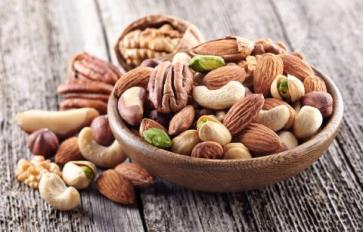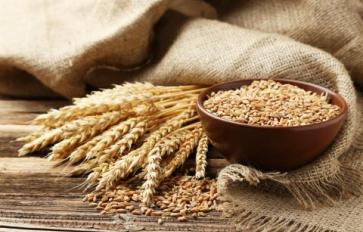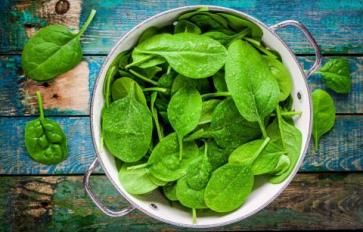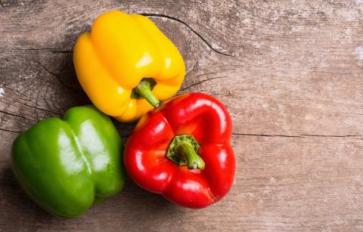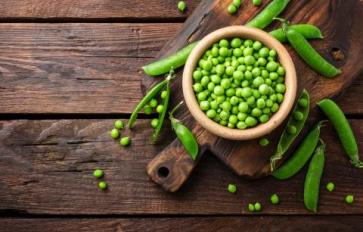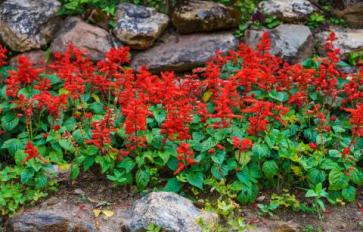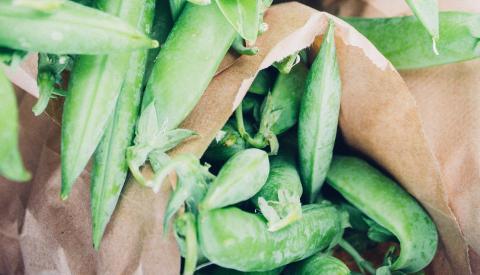
Fava beans are a member of the family Fabaceae, commonly known as the pea family of the genus Vicia L of the species Vicia faba L, commonly called fava bean P. The plant is native to the Mediterranean basin with evidence found as early as the Iron age. By the end of the Iron age they had spread throughout the world. They have been a staple food for early man and have been eaten for millennia. Fava beans are also known as faba beans and broad beans and they are filled with nutrients. They are a versatile food ground into flour in Ethiopia; in Sardinia the dried beans are used in stews and broths, and they are a popular ingredient in falafel in the Middle East (and particularly in Egypt). They are available from June to September in cooler climates and in the spring in the warmer regions.
Fava beans are large and shaped much like a lima bean. They are a tender, lemon-lime color bean with a grassy flavor. Fava beans have a thick skin with a texture that can range from starchy to creaming, depending on their age and how they are prepared. The plant is a bushy annual that grows from three to four-and-one-half feet tall. The stems are square with leaves that divide into leaflets and produce white flowers accented with brown. The pods can be six-to-eight inches in length and contain four to six flat, oval seeds. Fava beans are related to vetch and are not a true bean but a legume.
Planting Fava Beans
Planting fava beans requires cool weather; they do best when planted in early spring when the temperature is below seventy degrees Fahrenheit. The bean will grow in temperatures as low as forty degrees. In mild winter regions, they should be sown in autumn. They can be harvested after eighty to one hundred days. The plant will not produce beans in warm summer and they can be planted in place of lima beans. The beans should be planted one inch deep and from four to five inches apart in rows eighteen to thirty inches apart; then, thin the seedling to eight to ten inches. They like well-drained composted soil.
Fava beans are nitrogen-rich plants that have a symbiotic relationship to the soil, exchanging microorganisms known as nitrogen-fixing bacteria. Because of the relationship, the plant does not require fertilization. Fava beans do well when planted with potatoes, corn, cucumbers, celery, and strawberries, but it is not advisable to plant them near onions or garlic.
Nutrition & Health Benefits of Fava Beans
Nutritionally rich, fava beans contain vitamins A, C, K, B1 or thiamin, B6 or pyridoxine, and B12 or cobalamin. They contain a variety of minerals that include sodium, potassium, calcium, copper, iron, magnesium, manganese, phosphorous, zinc, and selenium. Other beneficial substances include carotene-ß, carotene-α, and lutein-zeaxanthin, and fiber.
Interestingly, fava beans help to reduce the symptoms of Parkinson's disease. High in potassium, fava beans regulate blood pressure, reducing the risk of heart attack, stroke, and other cardiovascular diseases. They reduce the risk of ocular diseases and keep the skin healthy. The beans aid in a healthy digestive system; because of their high fiber content they reduce the risk of constipation.
Selecting & Storing Fava Beans
To purchase fava beans look for crisp pods that are not soft and wrinkled. They do not store well so place them in a cool area and use quickly—but they do freeze well. While the young pods are edible the older beans must be taken out of the pod. The beans have a thick skin that grow tougher as they age. To remove the skin, blanch the beans in boiling water for one minute and then rinse in cold water.



